Ubiquitination/ Proteasome
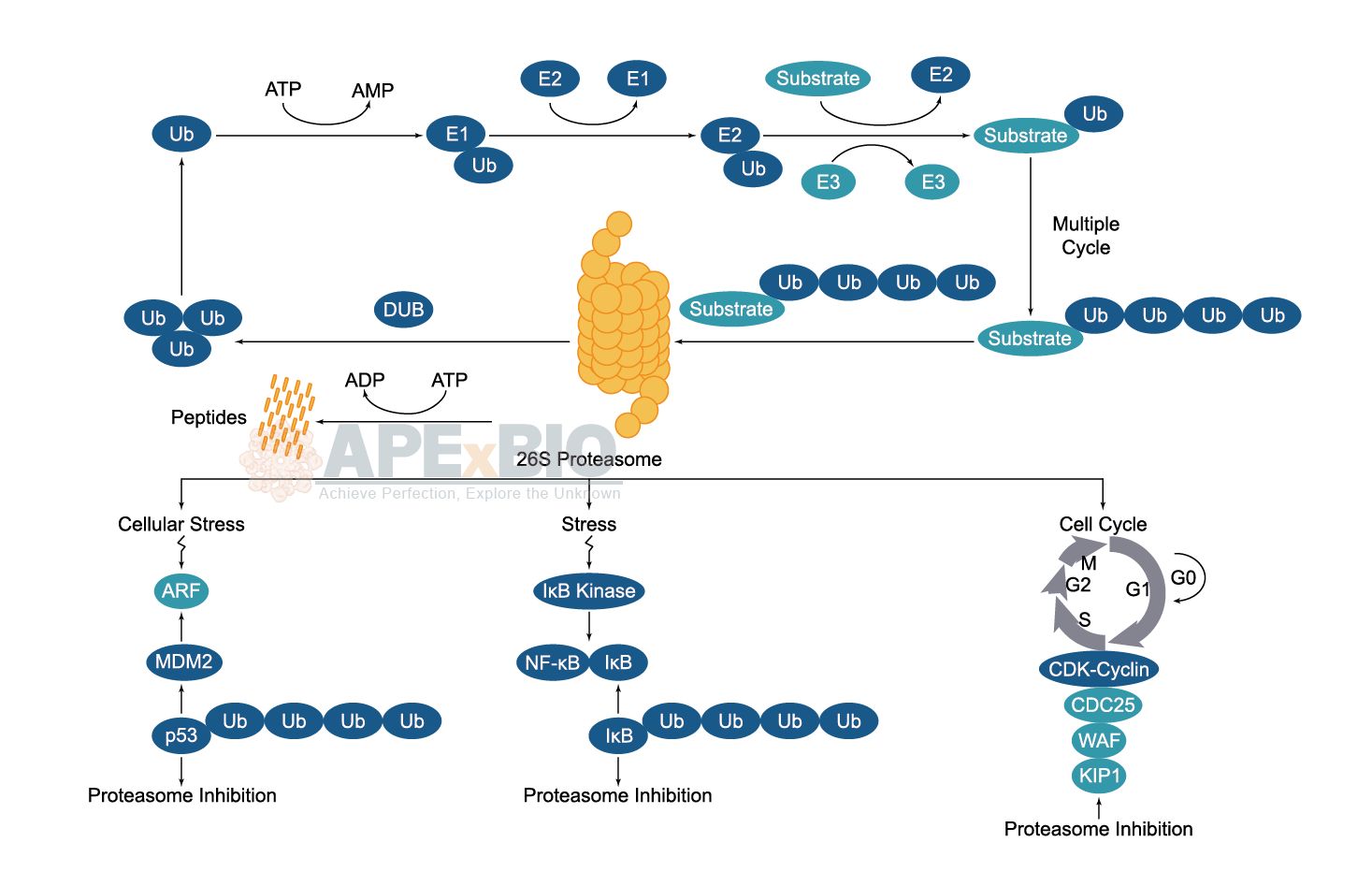
Once the substrate protein is labeled, proteasome will bind to a polyubiquitin chain, allowing the degradation of the labeled protein. The polyubiquitinated target protein is then recognized and degraded by the 26S proteasome. Deubiquitinating enzymes (DUBs) reverse the process of ubiquitination by removing ubiquitin from its substrate protein. Dysregulation of the ubiquitin-proteasome system has been linked to cancer, diabetes, cardiovascular and neurodegenerative diseases etc.
-
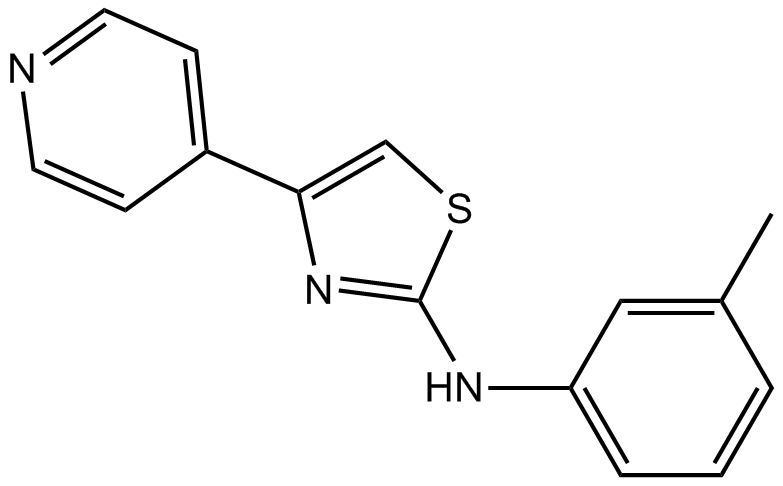 B2151 STF-62247Target: AutophagySummary: Autophagy inducer in renal cell
B2151 STF-62247Target: AutophagySummary: Autophagy inducer in renal cell -
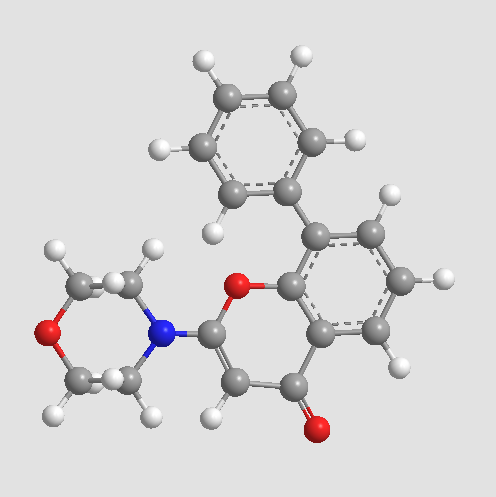 A8250 LY 29400216 CitationTarget: PI3KSummary: Potent PI3K inhibitor
A8250 LY 29400216 CitationTarget: PI3KSummary: Potent PI3K inhibitor -
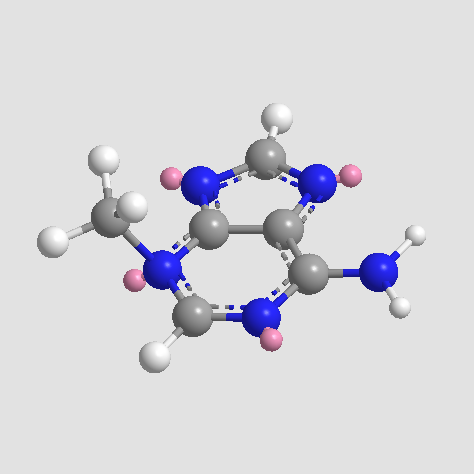 A8353 3-Methyladenine3 CitationTarget: PI3KSummary: Class III PI3K inhibitor
A8353 3-Methyladenine3 CitationTarget: PI3KSummary: Class III PI3K inhibitor -
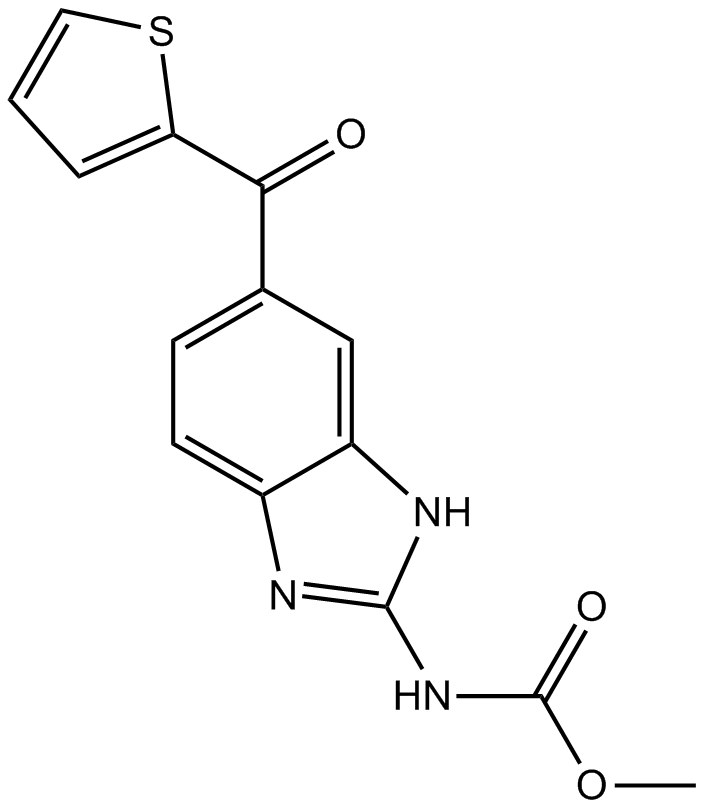 A8487 Nocodazole1 CitationTarget: Microtubules/TubulinsSummary: Tubulin production inhibitor,anti-neoplastic agent
A8487 Nocodazole1 CitationTarget: Microtubules/TubulinsSummary: Tubulin production inhibitor,anti-neoplastic agent -
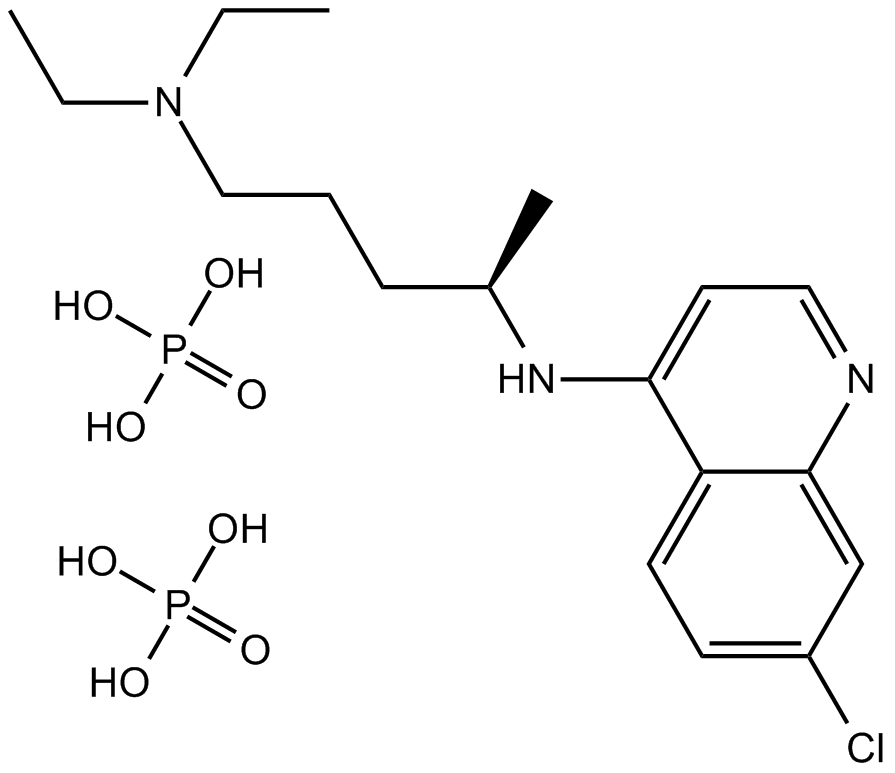 A8628 Chloroquine diphosphate1 CitationTarget: AutophagySummary: Antimalarial drug,TLR7 TLR9 inhibitor
A8628 Chloroquine diphosphate1 CitationTarget: AutophagySummary: Antimalarial drug,TLR7 TLR9 inhibitor -
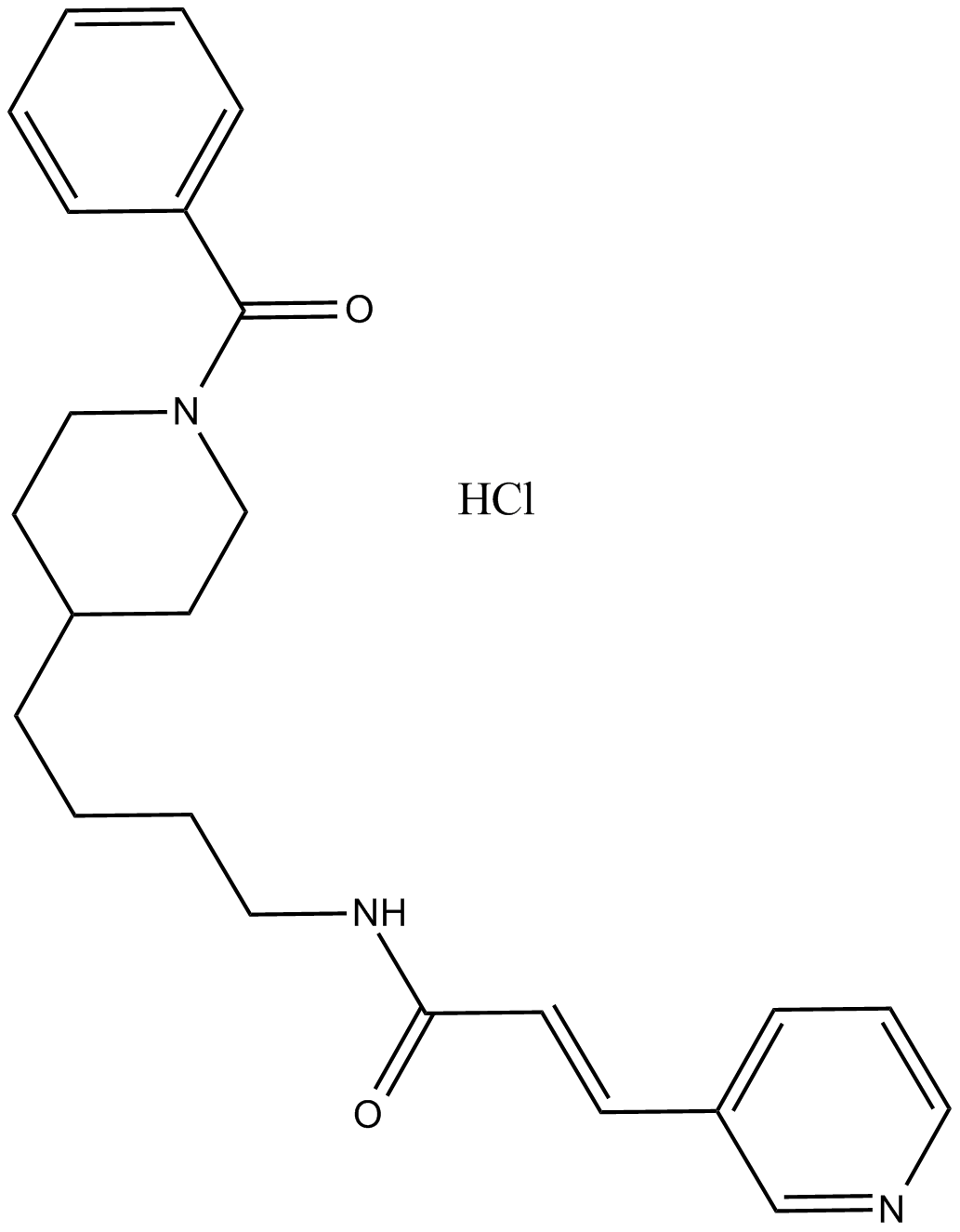 A8631 FK 866 hydrochlorideTarget: NMPRTaseSummary: NMPRTase inhibitor
A8631 FK 866 hydrochlorideTarget: NMPRTaseSummary: NMPRTase inhibitor -
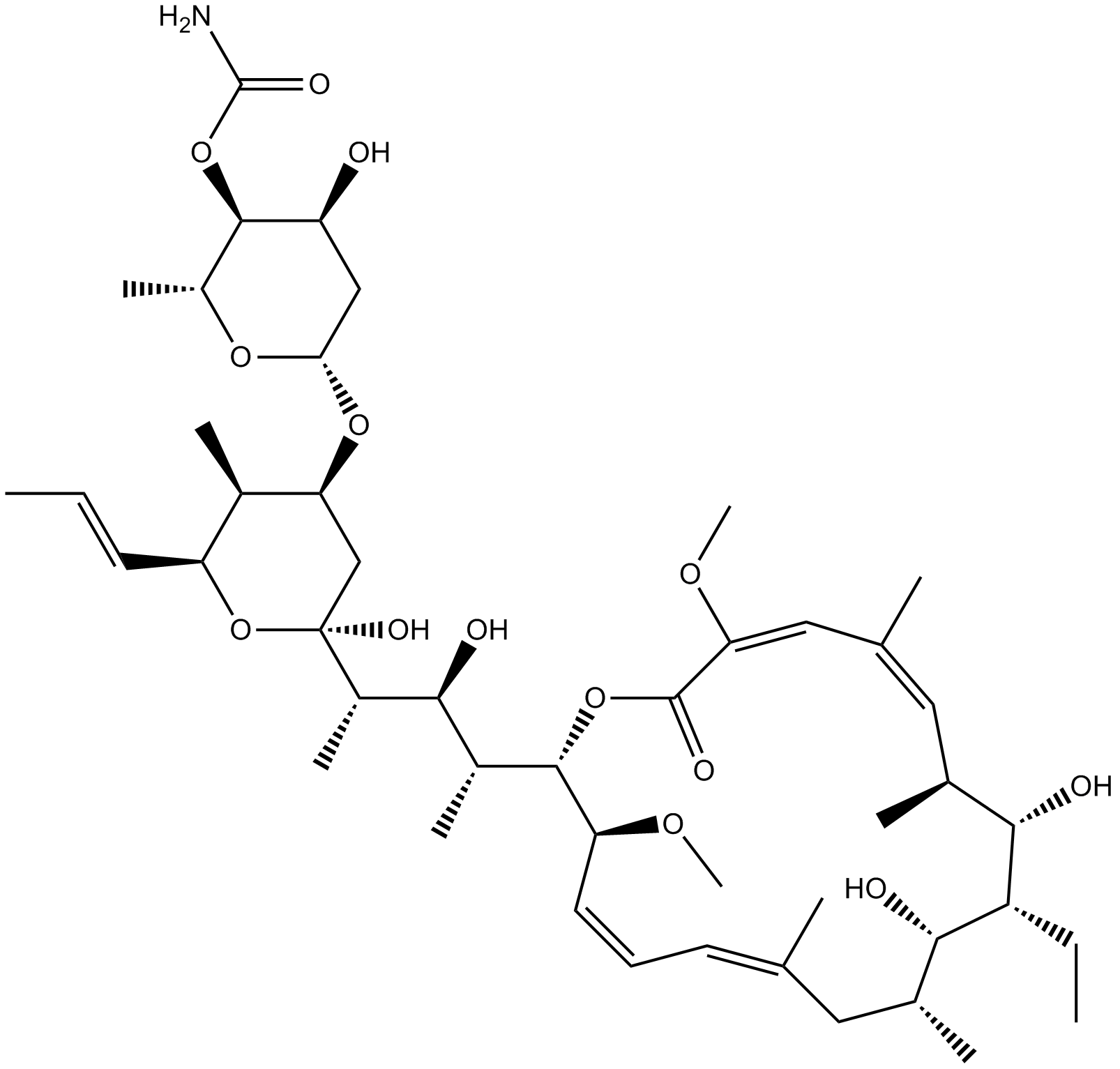 A8633 Concanamycin A1 CitationTarget: Vacuolar-type ATPaseSummary: V-type (vacuolar) H+-ATPase inhibitor
A8633 Concanamycin A1 CitationTarget: Vacuolar-type ATPaseSummary: V-type (vacuolar) H+-ATPase inhibitor -
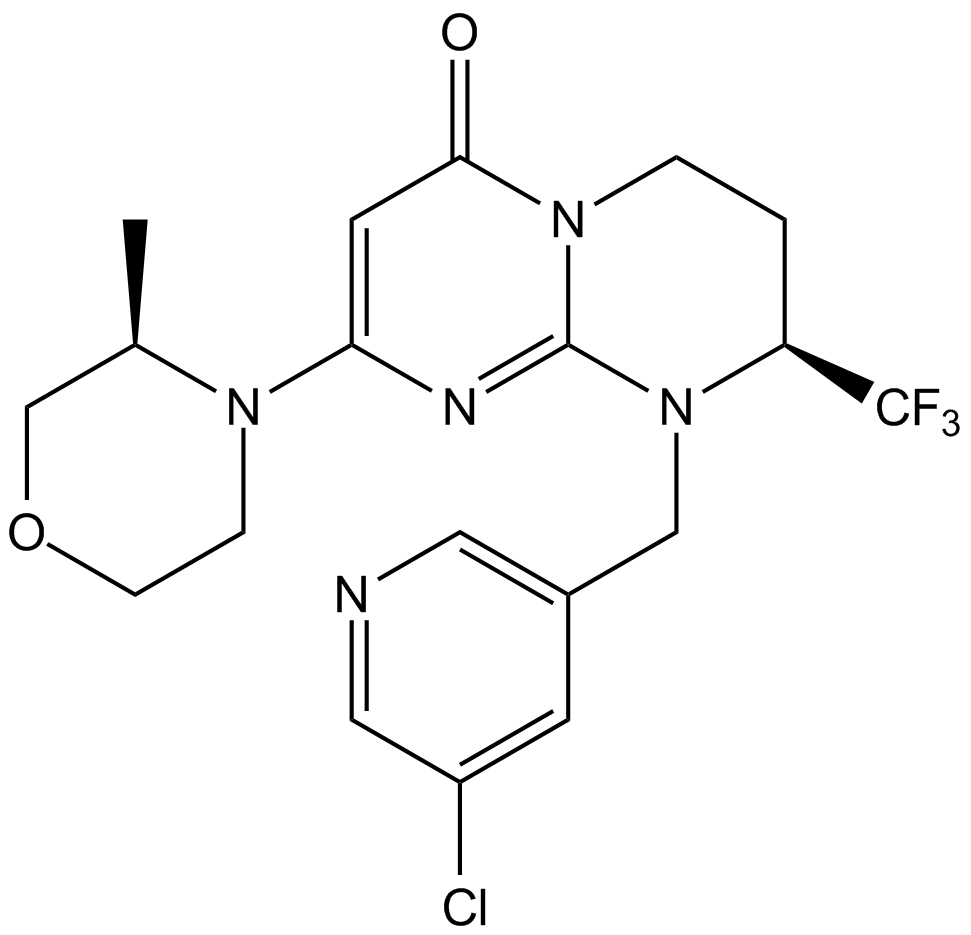 A8883 SAR40522 CitationSummary: Selective ATP-competitive inhibitor of Vps34
A8883 SAR40522 CitationSummary: Selective ATP-competitive inhibitor of Vps34 -
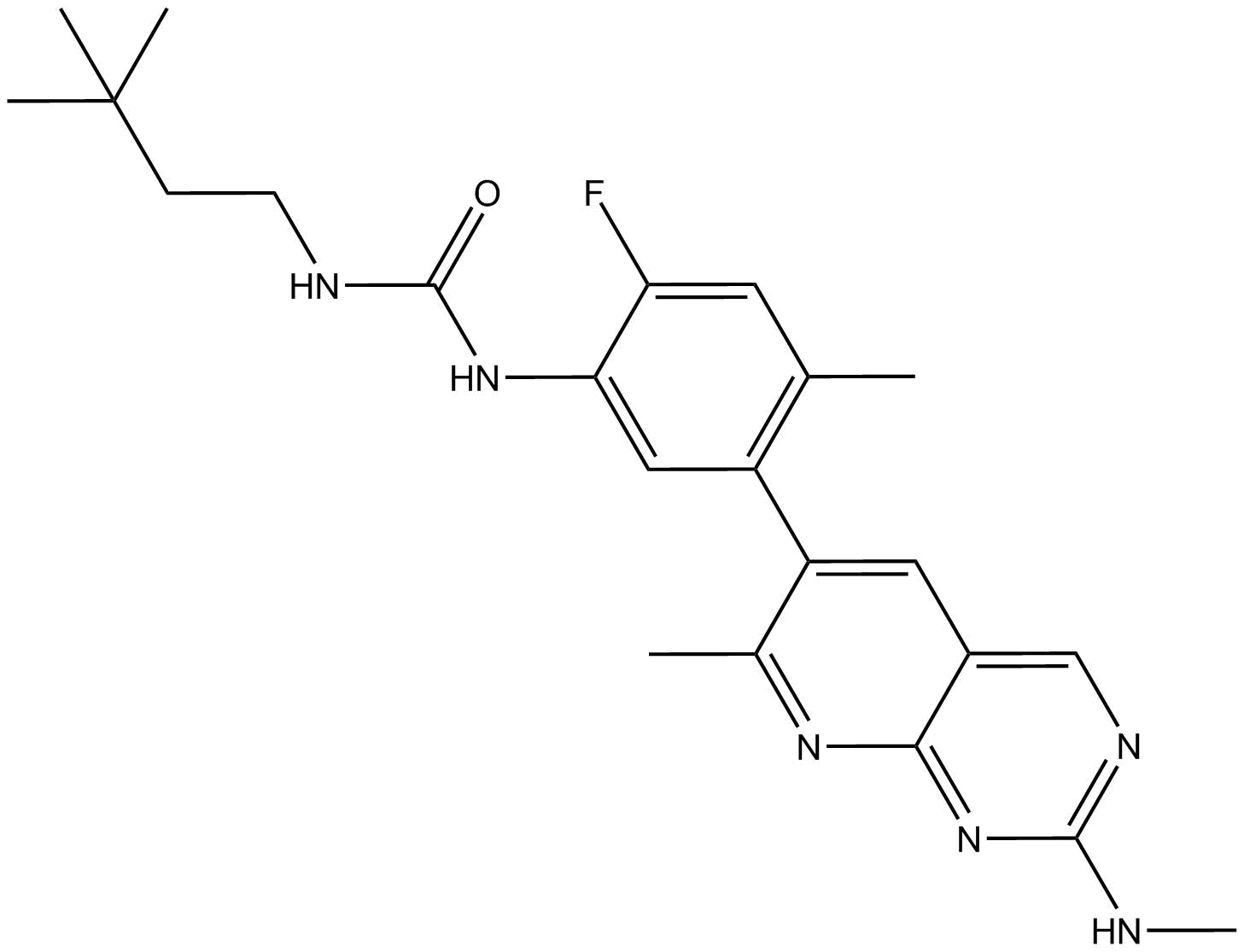 A8716 LY3009120Target: RafSummary: pan-RAF and RAF dimer inhibitor
A8716 LY3009120Target: RafSummary: pan-RAF and RAF dimer inhibitor -
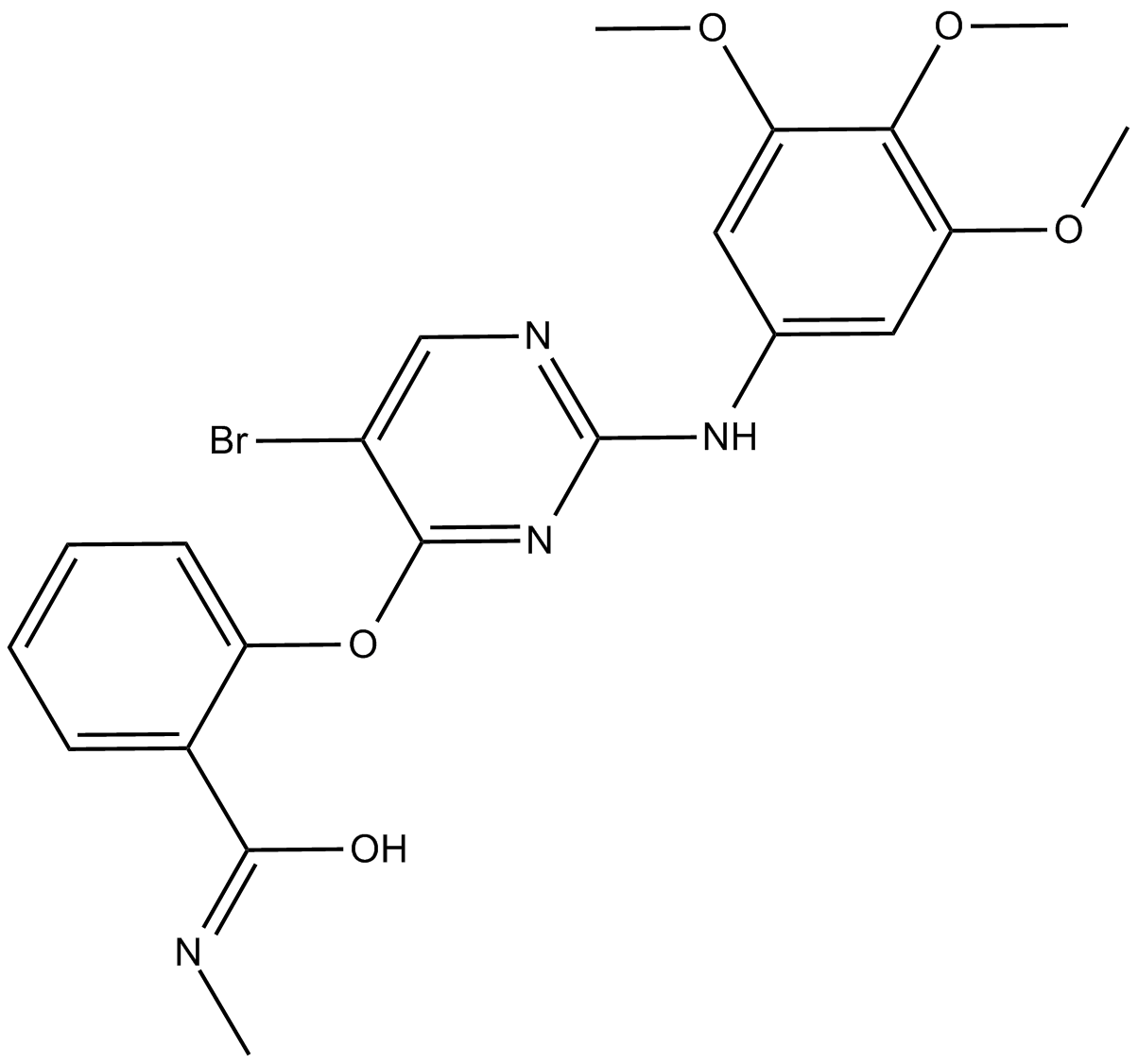 A8715 SBI-02069652 CitationTarget: ULK1Summary: ULK1 inhibitor
A8715 SBI-02069652 CitationTarget: ULK1Summary: ULK1 inhibitor

